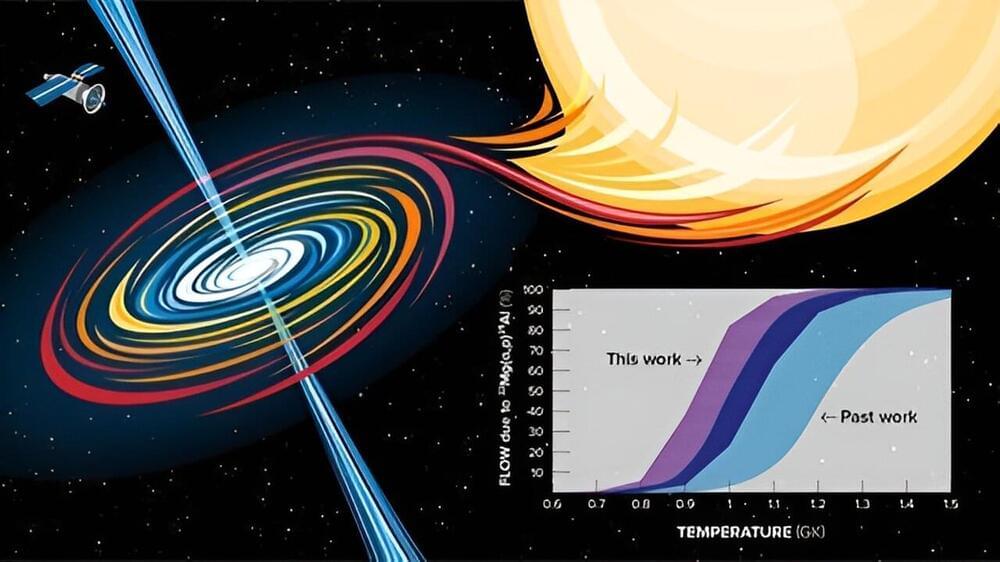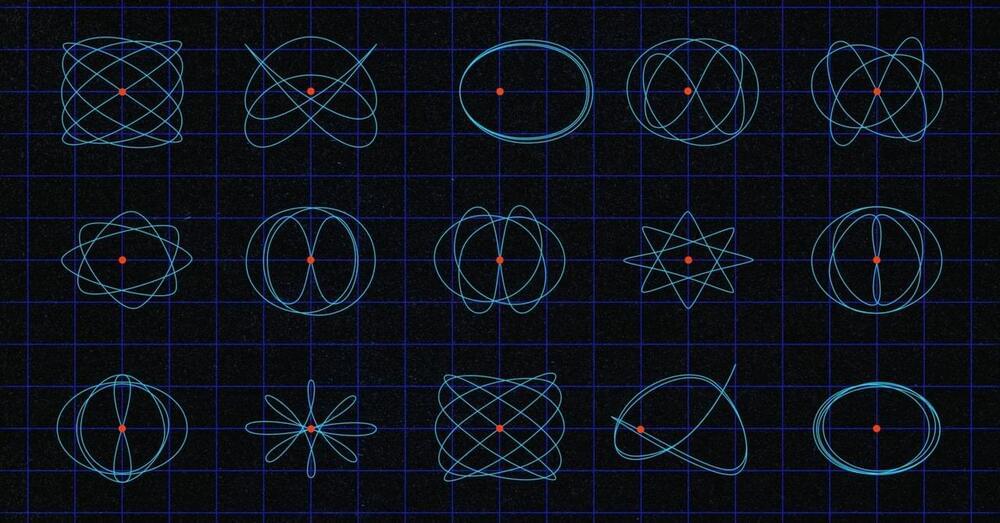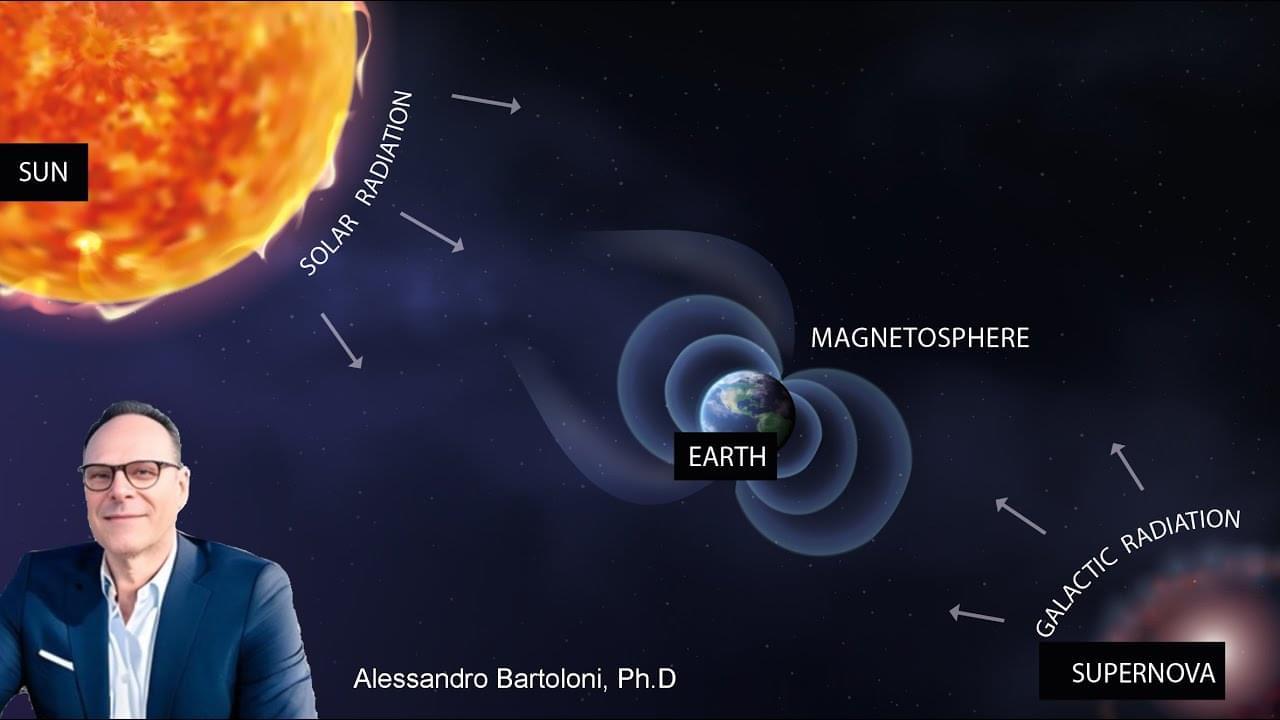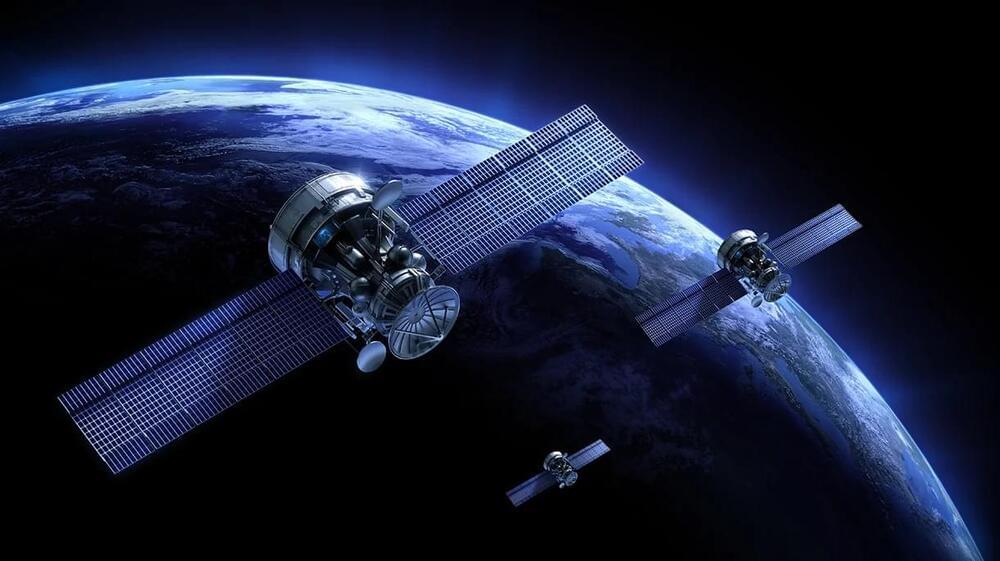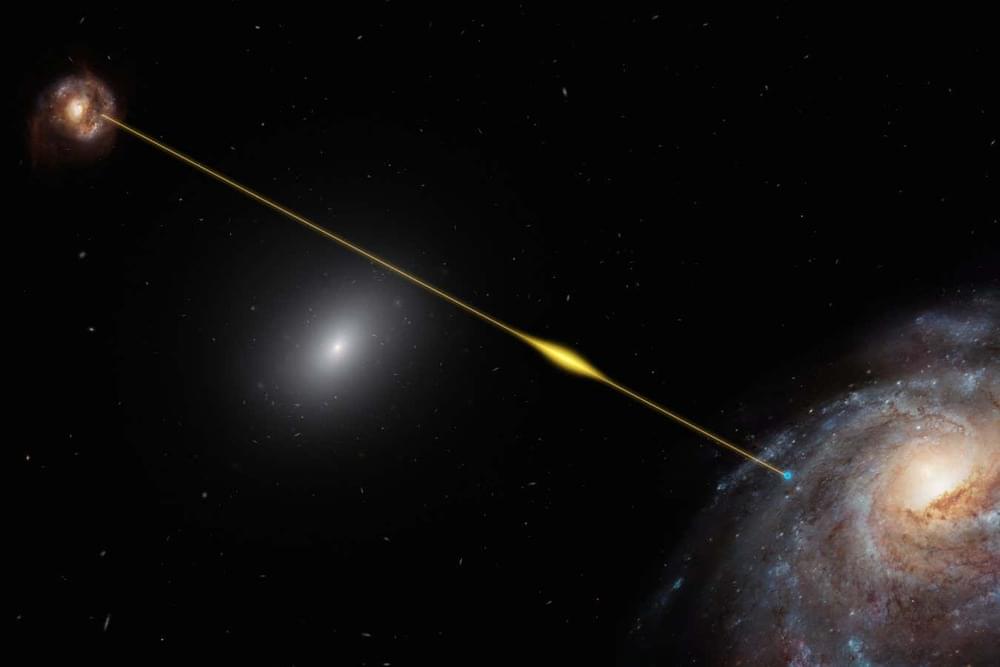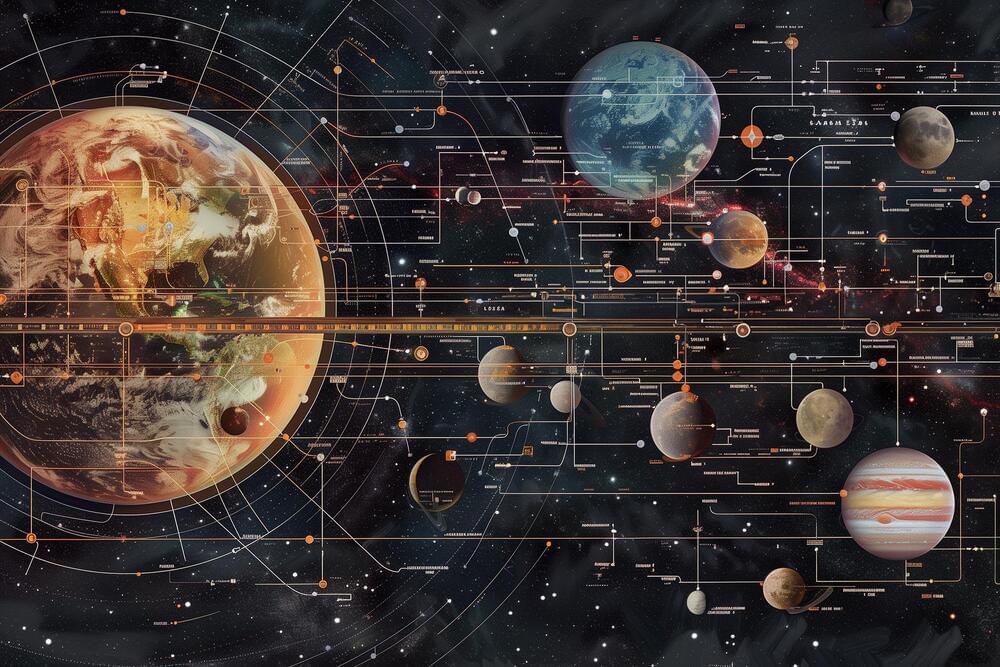An X-ray burst (XRB) is a violent explosion that occurs on the surface of a neutron star as it absorbs material from a companion star. During this absorption, increasing temperatures and densities on the surface of the neutron star ignite a cascade of thermonuclear reactions.
Category: space – Page 148
The original version of this story appeared in Quanta Magazine.
In October, a Falcon Heavy rocket is scheduled to launch from Cape Canaveral in Florida, carrying NASA’s Europa Clipper mission. The $5 billion mission is designed to find out if Europa, Jupiter’s fourth-largest moon, can support life. But because Europa is constantly bombarded by intense radiation created by Jupiter’s magnetic field, the Clipper spacecraft can’t orbit the moon itself. Instead, it will slide into an eccentric orbit around Jupiter and gather data by repeatedly swinging by Europa—53 times in total—before retreating from the worst of the radiation. Every time the spacecraft rounds Jupiter, its path will be slightly different, ensuring that it can take pictures and gather data from Europa’s poles to its equator.
To plan convoluted tours like this one, trajectory planners use computer models that meticulously calculate the trajectory one step at a time. The planning takes hundreds of mission requirements into account, and it’s bolstered by decades of mathematical research into orbits and how to join them into complicated tours. Mathematicians are now developing tools which they hope can be used to create a more systematic understanding of how orbits relate to one another.
AbstractThis talk will delve into the intricate web of space radiation, focusing on its three primary components – galactic cosmic rays, solar energetic part…
The mystery of how Pluto got a giant heart-shaped feature on its surface has finally been solved by an international team of astrophysicists led by the University of Bern and members of the National Center of Competence in Research (NCCR) PlanetS. The team is the first to successfully reproduce the unusual shape with numerical simulations, attributing it to a giant and slow oblique-angle impact.
Ever since the cameras of NASA’s New Horizons mission discovered a large heart-shaped structure on the surface of the dwarf planet Pluto in 2015, this “heart” has puzzled scientists because of its unique shape, geological composition, and elevation. A team of scientists from the University of Bern, including several members of the NCCR PlanetS, and the University of Arizona in Tucson have used numerical simulations to investigate the origins of Sputnik Planitia, the western teardrop-shaped part of Plutos heart surface feature.
According to their research, Pluto’s early history was marked by a cataclysmic event that formed Sputnik Planitia: a collision with a planetary body about 700 km in diameter, roughly twice the size of Switzerland from east to west. The team’s findings, which were recently published in Nature Astronomy, also suggest that the inner structure of Pluto is different from what was previously assumed, indicating that there is no subsurface ocean.
A new type of hybrid sodium-ion battery that offers both high capacity and rapid-charging capabilities could power mobile devices, electric vehicles and space tech.
Join our newsletter to get the latest military space news every Tuesday by veteran defense journalist Sandra Erwin.
The demonstration is a key milestone in the Air Force Research Laboratory’s Defense Experimentation Using Commercial Space Internet, or DEUCSI — a program launched in 2018 to explore augmenting military communications by leveraging the growing commercial satellite internet industry.
Strange bursts of radio waves called FRBs have long been mysterious, and one of the most famous sources of these flashes may have an unexpected planet.
By Leah Crane
“The better astronomical observations of the real thing can be, the more accurately we can reproduce what we see with our experiments on Earth,” Riko Senoo, a graduate student at the University of Tokyo and a TAO researcher, said in the statement. “I hope the next generation of astronomers use TAO and other ground-based and space–based telescopes to make unexpected discoveries that challenge our current understanding and explain the unexplained,” added Masahiro Konishi, a research associate at the University of Tokyo.
Before the newly opened telescope was built, Yoshii and his colleagues also assembled and operated a 1-meter telescope on the mountaintop in 2009. Dubbed miniTAO, the tiny telescope imaged the center of the Milky Way, our home galaxy. Two years later, miniTAO received the Guinness World Record for the highest astronomical observatory on Earth.
In a groundbreaking discovery published in the prestigious Astrophysical Journal, scientists have identified a rare dust particle lodged within an ancient extraterrestrial meteorite, shedding new light on the origins of stars beyond our solar system.
Advanced Research Techniques
Led by Dr. Nicole Nevill of the Universities Space Research Association at LPI, during her Ph.D. studies at Curtin University, the research team meticulously analyzed the dust particle, delving into its atomic composition with unparalleled precision using atom probe tomography.
A novel mathematical technique from the University of Surrey now simplifies space mission planning by mapping efficient routes, akin to a subway map, potentially revolutionizing travel to the Moon and beyond.
Just as sat-nav did away with the need to argue over the best route home, scientists from the University of Surrey have developed a new method to find the optimal routes for future space missions without the need to waste fuel.
The new method uses mathematics to reveal all possible routes from one orbit to another without guesswork or using enormous computer power.
